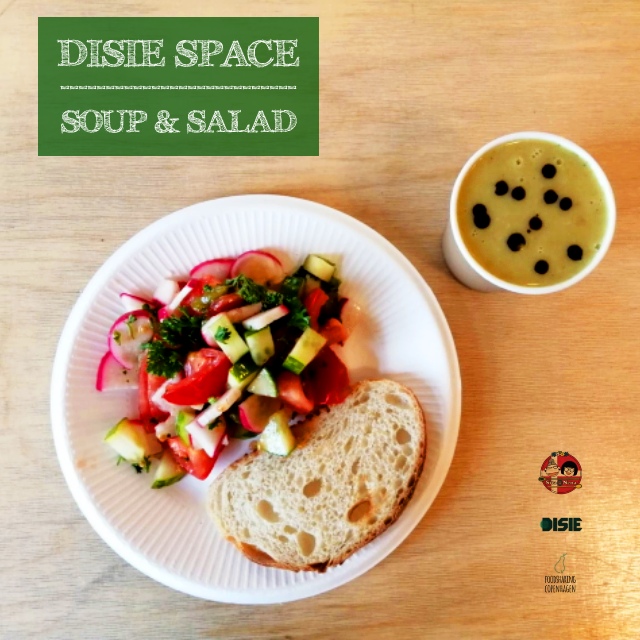🌱🍠🤔 Did you know radish greens, usually discarded, are edible and nutritious? These greens have a slightly bitter and peppery flavor and can be prepared raw adding a nice kick to your salad. Grandma Sita can’t wait to taste delicious homegrown radishes happily growing!
💪 Radish greens have more protein, calcium, ascorbic acid, and antioxidants than the roots. They are good for vitamin C, and iron, and are packed with quercetin. These vibrant greens are a nutritional goldmine!
![]() Radish greens could have a fuzzy, unpleasant texture when raw. Fortunately, blanching or cooking them will fix it. You can also stir-fry them, blend them in fruit juices, or use them in soups, as a condiment, or as a sauteed side dish.
Radish greens could have a fuzzy, unpleasant texture when raw. Fortunately, blanching or cooking them will fix it. You can also stir-fry them, blend them in fruit juices, or use them in soups, as a condiment, or as a sauteed side dish.


👵💚 Grandma Sita’s tips:
*Storing radishes for any time with the leaves left on will cause loss of nutrients and moisture, so if you plan to eat the greens, remove them from the radishes and store them separately.
*Being easy to grow and quick to harvest, common smaller varieties are ready for consumption within a month-ish. If you’ve never grown your own, now is the time. Let’s plant yummy radishes!
📗The radish is a root vegetable of the mustard family, Brassicaceae, that was domesticated in Asia before Roman times. General speaking, radishes can be categorized into four main types according to the seasons when they are grown and a variety of shapes, lengths, colors, and sizes, such as red, pink, white, gray-black, or yellow radishes, with round or elongated roots that can grow longer than a parsnip.
🥕Root vegetables are packed with beneficial vitamins and health-promoting compounds such as antioxidants. Know your roots and enjoy a season full of yummy plant-based meals.
🌎Eating local and seasonal fruit and vegetables helps to reduce food waste, saves resources, improves food quality and healthy habits, and boosts the local economy.